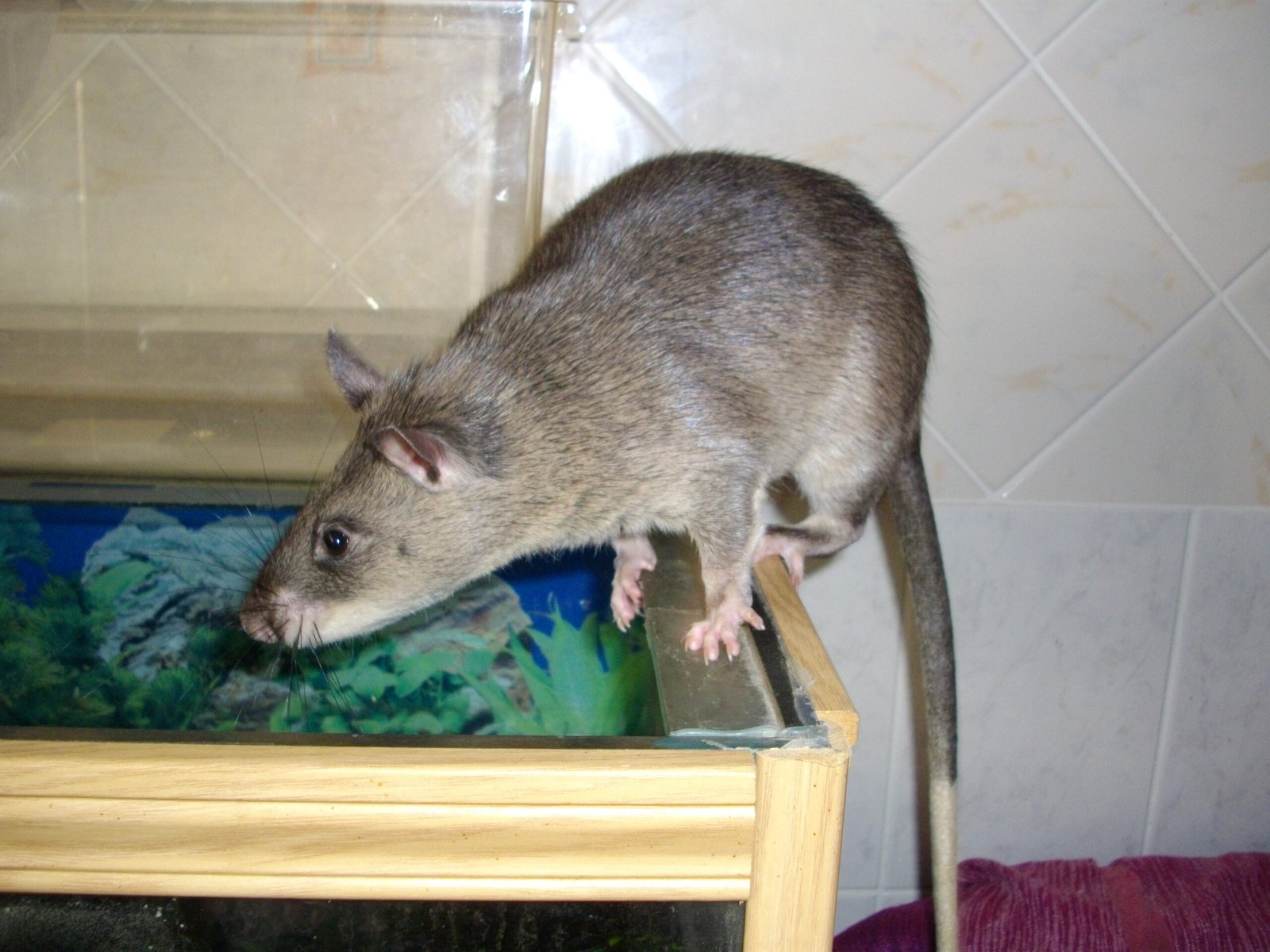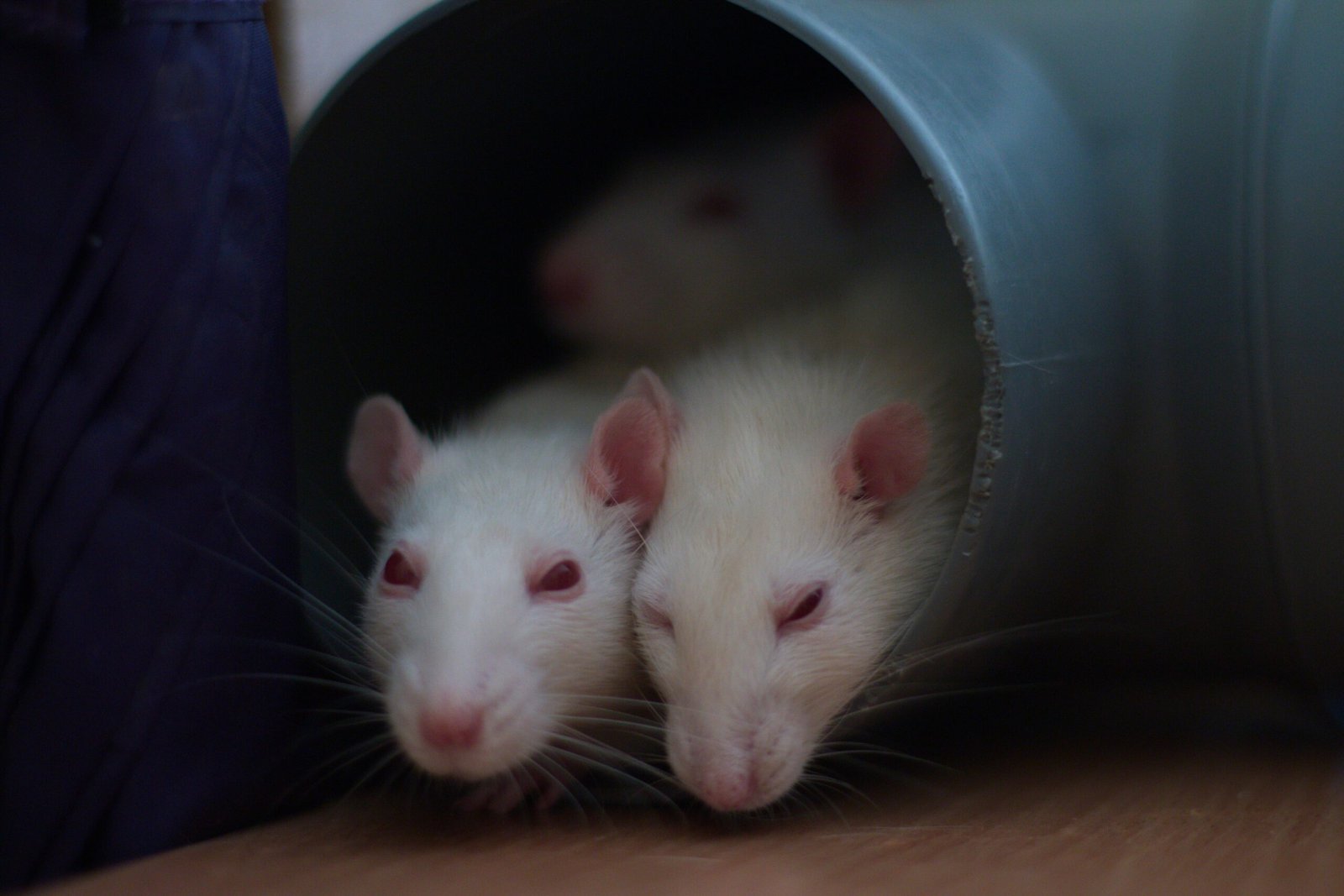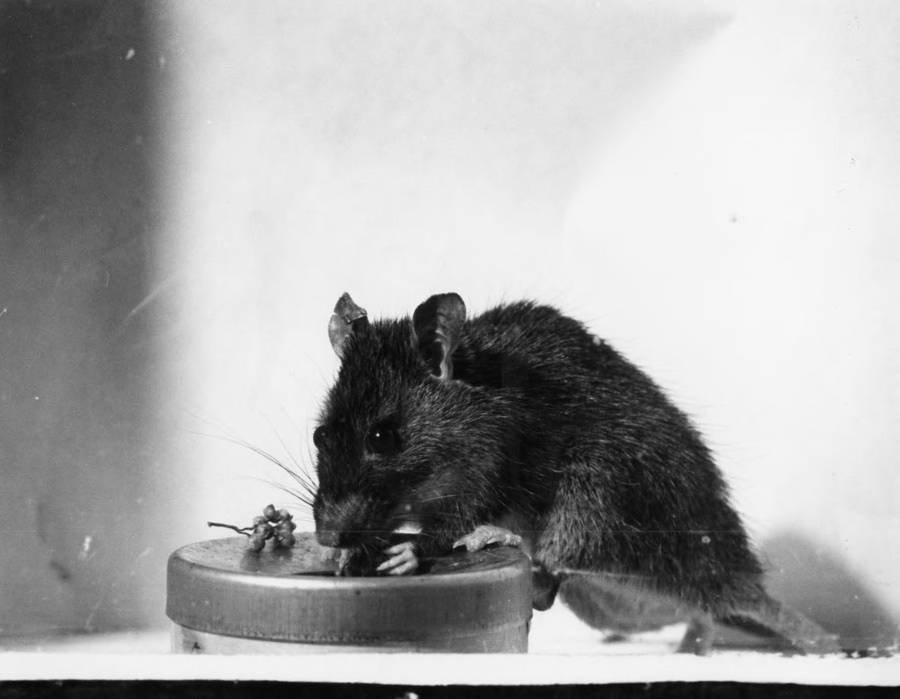Imagine a world where laughter isn’t just the domain of humans—it fills the quiet corners of laboratory cages, echoing in the ultrasonic frequencies of tiny creatures that scurry unnoticed beneath our feet. The idea is almost unbelievable: rats, those misunderstood survivors of cities and forests, don’t just respond when tickled—they actually laugh. Even more astonishing, they seem to enjoy it, seeking out the sensation and the company that brings it. This revelation flips what we thought we knew about animal emotions and brings us face-to-face with the unexpected richness of rat social life.
The Surprising Sound of Rat Laughter
It’s easy to imagine laughter as a uniquely human trait, but rats challenge this idea in an extraordinary way. When tickled, young rats emit a series of rapid, high-frequency chirps—so high-pitched that our ears can’t detect them without special equipment. These chirps, sometimes called “rat giggles,” have been recorded and analyzed by scientists, confirming that they occur most often during playful interactions. Unlike the deep belly laughs we know, rat laughter is ultrasonic, but it serves a similar purpose: it marks moments of joy and connection. The discovery of these hidden giggles has fascinated researchers and delighted animal lovers alike, offering a testament to the emotional lives of even the smallest mammals.
How Scientists Discovered Rat Giggles
The story behind the discovery of rat laughter is as curious as the phenomenon itself. Scientists, armed with ultrasonic microphones, observed rats during gentle tickling sessions. They noticed that not only did the rats emit these signature chirps, but they would also chase the researcher’s hand, eager for more. By studying these reactions, researchers realized the sounds weren’t random noises but a consistent response to tickling. This groundbreaking finding has inspired further research into the emotional and social capabilities of animals we often take for granted. The process highlights how much we still have to learn about animal communication and the subtle ways they express happiness.
Why Rats Love Being Tickled
Tickling isn’t just tolerated by rats—it’s something they actively enjoy. In experiments, rats often return for more, seeking out the hand that delivers the playful touch. This behavior suggests that tickling isn’t simply a reflexive response but a genuinely pleasurable experience for them. Rats have even been observed to prefer environments where they are likely to be tickled, showing signs of anticipation and excitement. This preference hints at an emotional complexity that goes well beyond what many people assume about these small rodents. Their enthusiasm for tickling also reveals the deep importance of play and physical contact in their social lives.
The Science of Ticklishness in Rats
Just like humans, not all rats are equally ticklish. Some individuals are more reactive than others, bursting into giggles with the slightest touch, while others remain more reserved. Scientists have found that the most ticklish rats tend to be bolder and more curious, suggesting a link between personality and how they respond to playful contact. This variation offers a fascinating window into the individuality of each rat, reminding us that animals are not just generic creatures but have distinct characters and preferences. Studying these differences helps researchers understand the biological roots of joy and playfulness across species.
The Role of Play in Rat Society

For rats, play isn’t just about fun—it’s a vital part of their development and social bonding. Young rats engage in rough-and-tumble play, chasing and tumbling over one another in ways that mimic the playful fights of puppies or kittens. Tickling, both from humans and other rats, fits seamlessly into this world of playful interaction. It helps build trust, strengthen relationships, and teach important social skills. Scientists believe that these playful experiences shape the brains and behaviors of rats, making them more adaptable and sociable. In this sense, laughter and play are key ingredients in creating happy, well-adjusted rats.
Emotional Lives Beyond Stereotypes

Rats have long been misunderstood, often dismissed as pests or laboratory subjects. Yet, their response to tickling and laughter reveals a hidden emotional depth. These behaviors are signs of positive feelings, much like laughter in humans. By recognizing that rats can experience joy, anticipation, and social pleasure, we’re challenged to rethink the boundaries between human and animal emotions. This discovery is not only heartwarming but transformative, influencing how scientists, pet owners, and even pest control professionals view and treat these animals.
Implications for Animal Welfare
Understanding rat laughter and their preference for tickling has profound implications for how we care for animals in laboratories and as pets. Enriching their environment with opportunities for play and social contact can significantly improve their quality of life. Rats housed with companions and given the chance to interact with caregivers show fewer signs of stress and boredom. This insight urges us to consider the emotional needs of animals in our care, recognizing that joy and play matter just as much as food and shelter. It’s a call to action for more compassionate handling and treatment of all creatures, great and small.
What Rat Laughter Tells Us About Evolution
The laughter of rats isn’t just a cute curiosity—it offers clues about the evolutionary roots of joy and playfulness. Scientists believe that laughter and play serve important functions, helping animals build social bonds and navigate complex group dynamics. The fact that both humans and rats share this behavior suggests that the roots of laughter may stretch far back in our evolutionary history. Studying rat giggles helps us understand why laughter evolved, offering a glimpse into the ancient origins of happiness and social connection.
Listening to the Hidden World of Animal Communication
The discovery of ultrasonic rat laughter opens up a broader conversation about the ways animals communicate beyond our perception. Many species use sounds, scents, or signals that escape human notice, yet are crucial for their survival and well-being. By tuning in to these hidden conversations, scientists can uncover new dimensions of animal intelligence and emotion. The case of rat laughter reminds us that the world is full of mysteries waiting to be heard—if only we know how to listen.
Changing Our Relationship With Rats
Learning that rats laugh and enjoy tickling has the power to transform our relationship with them. Instead of viewing them solely as pests or test subjects, we can appreciate their capacity for joy, companionship, and fun. This shift in perspective encourages empathy and respect for animals that have long been maligned or ignored. When we recognize the emotional lives of rats, we open the door to more humane treatment and a deeper connection to the natural world.
What the Future Holds for Rat Research

The discovery of rat laughter is just the beginning. Scientists are now exploring how these findings can help us understand mental health, social behavior, and even the treatment of stress and anxiety in both animals and humans. By studying rats’ emotional responses, researchers hope to uncover new ways to promote well-being and happiness across species. The journey promises to be as surprising and delightful as the first time a scientist heard a rat giggle.
This revelation about rats invites us to look closer, listen harder, and question what else we might be missing in the animal world. Who knew that a simple tickle could uncover such a rich tapestry of joy and connection?



